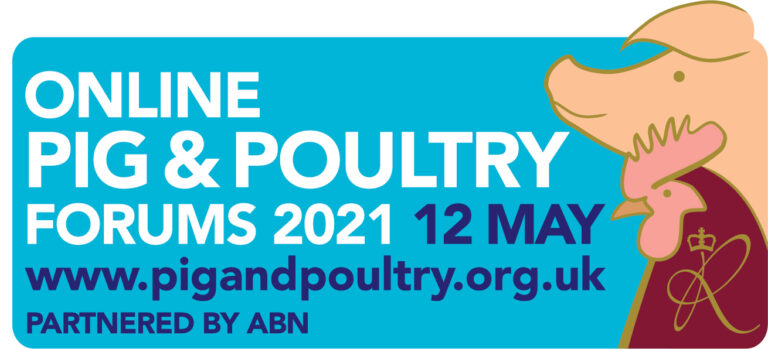The looming colony cage ban by retailers will create significant disruption in the egg market – but there are also some longer-term trends ahead which producers will have to navigate.
This will be one of the topics discussed at this year’s British Pig & Poultry Fair, which is being held virtually this year as a day of online forums on 12 May. The forums are free to attend, to secure your place visit www.pigandpoultry.org.uk
Although the ban has been on the cards for the past five years, the industry still isn’t ready for it, warns Tom Willings, supply chain director at Stonegate. “Very few retailers have supported the scale of investment required to convert 50% of production and 30% of the retail trade to free-range or barn.”
He predicts that free-range will soak up most of the demand, but doubts the sector will be able to react sufficiently quickly due to planning and environmental restrictions. “My expectation is that, in the short-term, prices will go up. But farming is very cyclical and high prices will motivate oversupply in free-range and even barn.”
Premium brands will continue to do well, forecasts Willings. “Food is horribly undervalued in the UK and retailers like points of difference to allow for greater margins. Premium versions of staple products in retail is a must.”
So what other trends does he foresee ahead? The first is the continuing pull between ethics and economics. “Consumers want to know more and more about how their food is produced – particularly when it comes to animal products. But they have a track record of saying they want one thing but not reflecting those values when it comes to purchase – so how can we meet those expectations?”
Willings foresees a move to lower stocking densities and more outdoor flocks. “I think farms will become more integrated and self-sustaining, growing more of their own raw materials, for example.”
Environmental issues are front and centre of every agenda in food right now, he adds. “In the march for net zero, what was incredibly ambitious two years ago is now on an accelerated path to find a point of difference in a congested market place.” It’s not yet clear how that will affect the way in which egg producers operate in future: Intensity and efficiency go hand in hand, and the lowest impact form of production is the more intensive system. “But that’s the direct opposite of public sentiment around how we should rear our animals.”
A big question at hand is the extent to which people transition away from animal products to plant-based protein. “At some point we are going to find we’re in a battle to keep our consumer comfortable eating our products, under great scrutiny of animal welfare and environmental impact.”
As a result, Willings predicts a shift in direction of research and development, away from optimising the genetic potential of the birds towards transparency of decision making on-farm. “We are close to the genetic limit of egg production, and I think R&D will be more about demonstrating our duty of care. It’s about being open to scrutiny and having good insights and oversights to make responsible decisions in managing livestock and the environment.”
The sector also needs to be prepared for some other challenges coming down the track, including a potential ban on beak trimming, slaughter of day-old male chicks, and transport and slaughter of end-of-lay hens. “We only need to look at the EU to see what’s coming – there is a strong direction of travel which we cannot ignore.”


